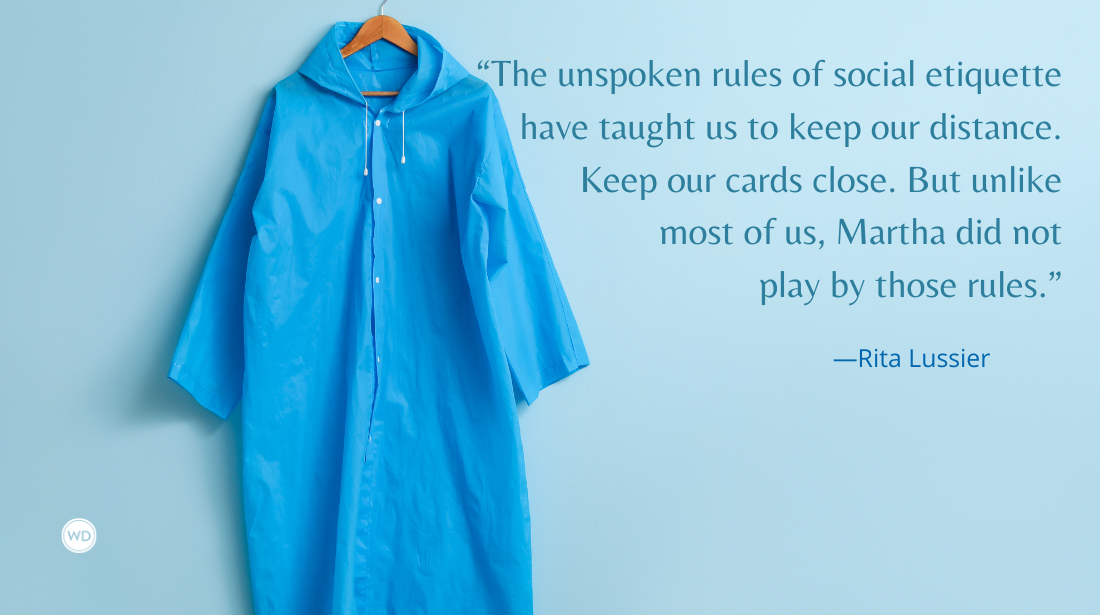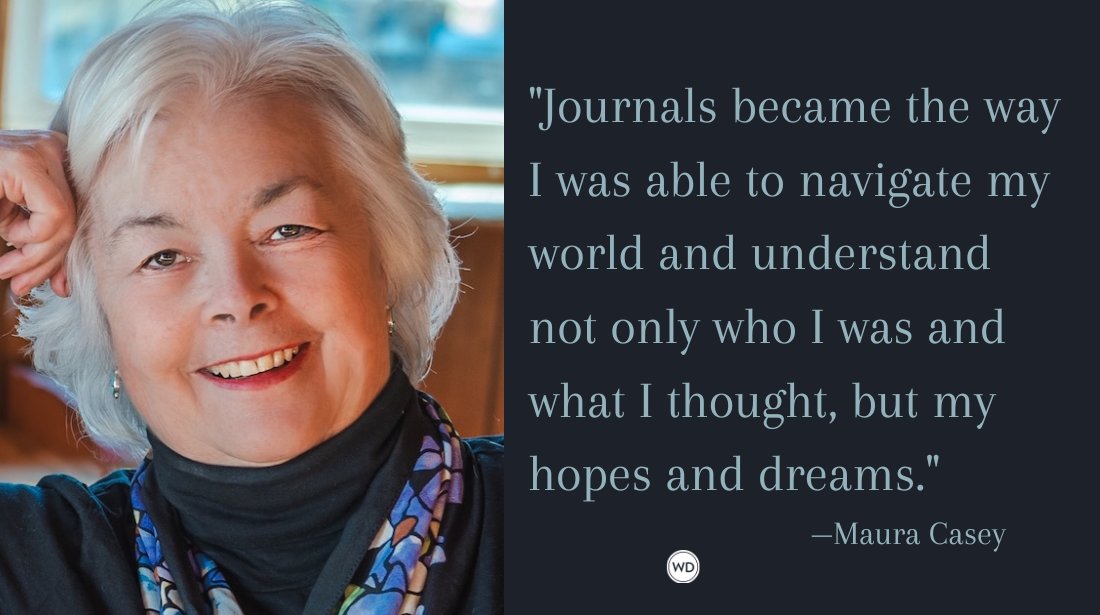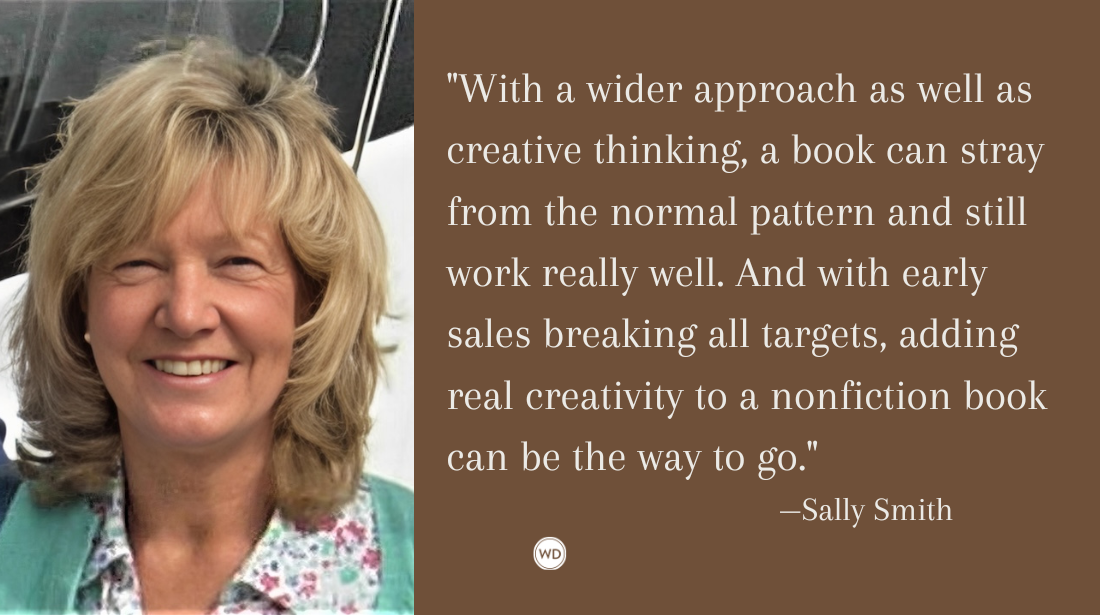Looking for the Silver Lining
The recent tough times in the media marketplace can mean opportunities for freelancers who can go with the flow.
What a difference a year makes. A year ago, I talked about how the Internet was changing the magazine marketplace. That's still true in 2002—but now it's the dot-com collapse rather than the dot-com boom that's reshaping where writers can pitch their work.
Internet-fueled titles such as The Industry Standard, Fast Company, Red Herring and Business 2.0 have taken a wild roller-coaster ride unprecedented in magazine history. From 1999 to 2000, for example, revenues at The Industry Standard shot up 233 percent; at Fast Company, 96 percent; at Red Herring, 248 percent; and at Business 2.0, 290 percent. (The original darling of the Internet revolution, Wired, seemed almost lackluster with revenues growing not quite 36 percent.) Suddenly, these magazines were so fat the post office could barely deliver them and readers' mailboxes threatened to burst. But, just as suddenly, it was the dot-com bubble that burst, taking these titles' ad pages?and the opportunities for writers to create copy in-between those ads?with them. Today, these magazines are shadows of their former selves, and their staffs have seen pink slips instead of runaway profits: The Industry Standard has folded, seven editorial staffers were cut in June at Fast Company and 111 total positions were eliminated at Red Herring. AOL Time Warner bought Business 2.0 and merged it into its own eCompany Now, keeping the Business 2.0 title but shedding most of its staff.
Online editorial operations themselves have suffered too, of course. Most of the 1990s' enthusiasm about the possibilities of online content—primarily a boom for us nonfiction types—has withered and sites have shut their doors. Those that have survived (at least as of this writing!) have slashed costs and staff—Salon, Playboy.com, Cnet, Citysearch, iVillage, Forbes.com, Wired News, WorkingWoman.com, Britannica.com and many more.
And magazines in the computer hardware and software field, already suffering as the excitement shifted from desktop boxes to the Internet, haven't rebounded any more than the PC industry has. PC Magazine has lost revenues and staff, PC World has shrunk and Family PC magazine has folded.
Many writers who'd ridden the dot-com wave to fat paychecks, often from markets that didn't even exist a few years ago, have been left looking for new ways to pay the bills. Journalists who jumped from their old jobs to dot-coms promising high-tech opportunities and even Silicon Valley-style stock options are back knocking on the doors of their old employers.
But their old employers aren't hiring. The dot-com collapse helped trigger a brutal advertising slowdown that affected "old media" as well as new. The nation's newspapers were particularly hard-hit, but many traditional, low-tech magazines saw their ad pages evaporate, too. Since most magazines apportion editorial pages in a ratio to their ad pages, that meant fewer stories for writers to write.
Playing "Survivor"
It hasn't been all bad news for nonfiction writers, however. Before the crunch, in 2000, an amazing 874 new magazines were launched, according to "Mr. Magazine" Samir Husni, professor at the University of Mississippi. Most of those magazines are still going, and more new magazines are being launched every day despite the 2001 downturn. (Those launches that banked on Web connections and venture capital, however, such as the short-lived glossy design magazine ONE, got sucked into the dot-com black hole.)
Nor were Internet-related magazines the only ones booming before the bust. Women's magazines generally thrived in 2000. Among those moving up in Advertising Age's annual ranking of the top 300 magazines were Woman's Day, Marie Claire, Bride's Magazine and Shape. Though these magazines have hardly been immune to subsequent ad cutbacks, their recent growth put them in better shape to weather the storm. Men's magazines also did well, notably the racy Maxim (which jumped from No. 81 on Ad Age's list to No. 34, with a 102 percent increase in revenues) and GQ, along with sports mag ESPN: The Magazine. You couldn't go wrong publishing a magazine appealing to Americans' obsession with celebrities either: US Weekly zoomed from No. 134 to No. 69 (though it too had layoffs come 2001), and InStyle and Teen People were winners for what's now AOL Time Warner. And of course those hybrid women's-celebrity magazines—Oprah, Martha Stewart Living and the new Rosie's (formerly McCall's)—flew off the newsstands.
Older Americans, especially aging baby boomers, continued to be a prime target audience. Modern Maturity got a facelift—now it's just "mm" on the cover, much as publisher AARP now insists those are just initials, not an acronym including "Retired"—and a younger sibling, My Generation.
Surprisingly few magazines bit the dust last year, despite layoffs and cutbacks. Family Money, Mature Outlook, Today's Homeowner, Walking, Senior Golfer and Outdoor Explorer were among the non-dot-com-related casualties.
Their pain, your gain
For enterprising freelancers, even the layoffs sweeping the media business could be construed as good news. Just because the jobs are gone, for one thing, doesn't necessarily mean that the work has vanished. Somebody still has to fill those editorial pages that are left, and publications will increasingly turn to freelancers—who come without those pesky benefits strings attached and don't require nasty pink slips the next time there's a downturn—to get it done.
Staff writers, in particular, are an expensive luxury many magazines will now learn to do without or with less of. Somebody on staff still has to put the copy in Quark, proofread the pages and mollify angry advertisers (those that remain, at least), but writing can be easily outsourced. If you're a writer looking to break into a market, target especially those time-consuming projects that the staff used to do and may now be looking for help with as staff has shrunk. City magazines may freelance out their guides and roundups; business publications may need a hand with time-consuming rankings and lists.
Travel may also be a luxury that budget-constricted publications will live without in 2002. If you live in or vacation at a place where a publication needs a story—and their staff can no longer afford to go—their woes may be your good fortune.
Even the battered dot-coms may represent promising markets, provided they survived into 2002. Online content ventures that started out with huge staffs have now been pared way back, but their missions and content needs haven't necessarily been reduced to match. (A Web site I founded, for example, employed 19 editorial staff in our heyday; when last I checked with the survivors, there were just three left to cover all the entertainment, restaurant and recreation news of a major metropolis.) Sites' freelance pay rates per word have no doubt been slashed, but their needs may have grown—spelling opportunity for writers more at the beginner end of the spectrum.
Will we ever again see a boom for "content producers" as we enjoyed the past few years? Probably not in our lifetimes—but that doesn't have to mean a bust for nonfiction writers savvy enough to seize opportunities where they are now.
F&W Publications Editor in Chief David A. Fryxell is the author of How to Write Fast (While Writing Well) and Elements of Article Writing: Structure and Flow (both WD Books).






